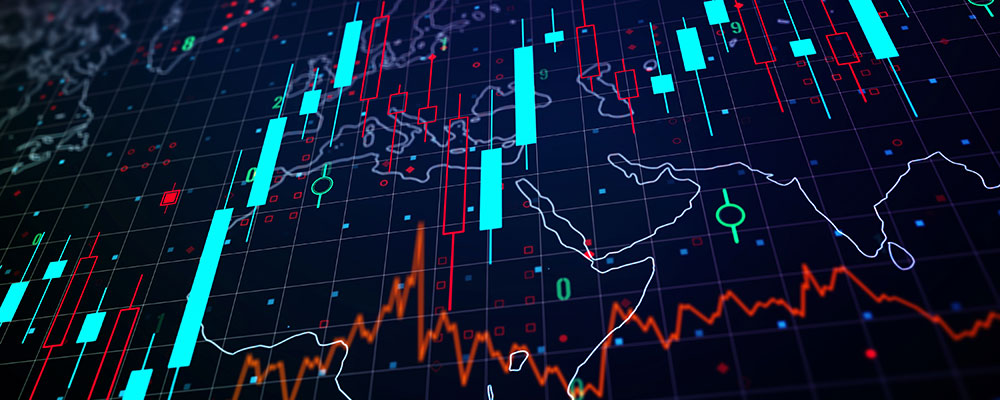US Inflation Expectations Rise
The latest report from the University of Michigan reveals a notable surge in the 1-year inflation expectations of households, jumping from the previous 3.2% to a substantial 4.2%. This figure significantly exceeds the 3.8% forecast. Notably, inflation expectations for the five years ahead remain steady at 3.0%. The Fed tracks inflation expectations because they are a critical component of its dual mandate, which includes price stability. Understanding public inflation expectations helps the central bank gauge future inflationary pressures and make informed monetary policy decisions. If consumers and businesses expect higher inflation, it can influence their spending and investment choices.
US Bond Yields Retreat
US bond yields have been on a rollercoaster ride, and today is no exception. After an attempt to retest previous highs, the 10-year bond yield retreated from 4.99% to 4.86%. It is now ensnared within a tight range as market participants await further data updates. Recent statements from Fed officials cautioning against the tightening impact of rising market rates without policy intervention appear to have made investors more cautious about pushing yields higher.
Gold’s Complex Dance
The price of gold witnessed a rise leading up to the end of the week, but this advance was halted as it dipped below the $2,000 level on Monday. Geopolitical tensions continue to bolster demand for the precious metal, despite the bullish trend in yields, which traditionally exerts downward pressure on gold prices. This duality implies that gold’s price may be susceptible to abrupt corrections, as its demand is currently significantly influenced by geopolitical factors that can quickly shift.
Eurozone GDP Surprise
In a pleasant surprise for the Eurozone, the flash estimate for the third quarter of 2023 showed a contraction of only 0.3% quarter-on-quarter, outperforming the earlier 0.7% estimate. Furthermore, consumer and industrial sentiment indicators in the Eurozone exceeded expectations in the data released on Monday. While the European Central Bank kept rates unchanged during its last meeting, it hinted at the potential for further tightening measures if economic data justify such a move. From a technical standpoint, the EUR/USD exchange rate remains within a corrective bullish channel, hovering near the crucial 1.05 horizontal support level:
Upcoming Key Events
The week ahead is dominated by dollar-related events. These include the FOMC meeting, JOLTS open vacancy data, ADP employment change figures, and the ISM Manufacturing report scheduled for Wednesday. Additionally, Friday will see the release of the October unemployment report by the Bureau of Labor Statistics. Preliminary data suggests that the US maintains its recent growth momentum, a trend likely to be confirmed by the JOLTS and NFP reports.
The outcome of the FOMC meeting is perceived as moderately bullish for the dollar, unless the central bank emphasizes the recent tightening of market credit conditions, particularly the sharp rise in Treasury yields. Such a focus could be interpreted as a dovish signal, prompting a partial unwinding of long dollar positions. However, if the Fed stresses the policy lags as the primary reason to maintain rates and expresses openness to further tightening if the data supports it, the dollar is expected to maintain its recent strength against other currencies. It’s essential to note that the likelihood of a rate hike during this Wednesday’s meeting is extremely low at about 1.4%, while a hawkish December decision (i.e., a rate hike) stands at a modest 25%, leaving room for potential hawkish repricing of expectations:
Tomorrow, the financial markets will keep a close eye on the Bank of Japan’s decision and inflation data in key EU economies. Higher-than-expected inflation prints in Europe could tilt the scales towards a more hawkish stance by the ECB in its upcoming meetings. With oil prices appearing stable after a recent rally driven by geopolitical instability, such an outcome might lend some support to the Euro.
Source: Tickmill


